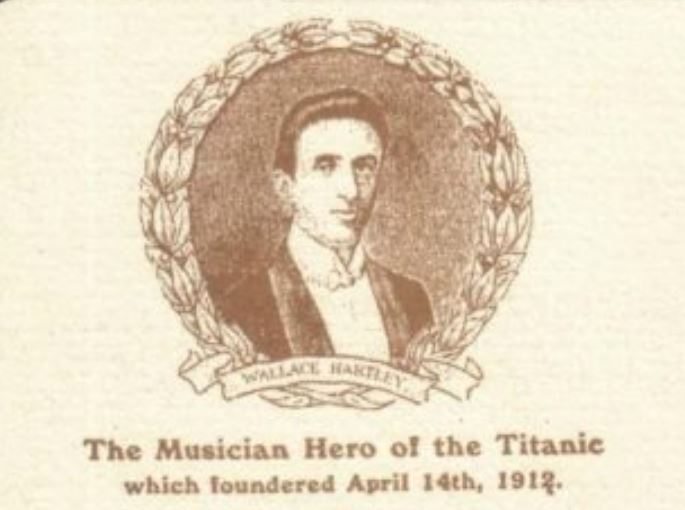Pop stars are getting quieter and quieter
A team from Oldenburg has studied the relationship between lead vocals and backing music in pop productions over decades and discovered some surprising things.

From a general perspective, according to the Oldenburg team, two hypotheses about the role of vocal pitch in music production can be distinguished: First, vocal pitch might have been fixed throughout the history of popular music to ensure the intelligibility of the lyrics and the audibility of the main melody on the one hand and the audibility of the accompaniment on the other. Secondly, one could hypothesize that vocal pitch is used more flexibly as a result of the development of music technology to convey certain artistic choices and intentions during music production.
The aim of the study was to empirically test these hypotheses using a large data set of more than 700 songs. The team quantified the lead-vocal-to-accompaniment level ratio (LAR) in a representative selection of well-known songs from popular music recordings spanning several decades and the development of the LAR for the four top songs on the Billboard Hot 100 list since 1946.
Two different phases were observed: The average LAR decreased from around 5 dB to 1 dB until around 1975, but remained constant thereafter. Comparing the LAR across the different music genres, positive values were found for country, rap and pop, values around zero for rock and negative values for metal. Solo artists had consistently higher LAR values compared to bands. These results form a basis for a central aspect of the music mix.
Original article:
https://pubs.aip.org/asa/jel/article/3/4/043201/2885300/Lead-vocal-level-in-recordings-of-popular-music?








